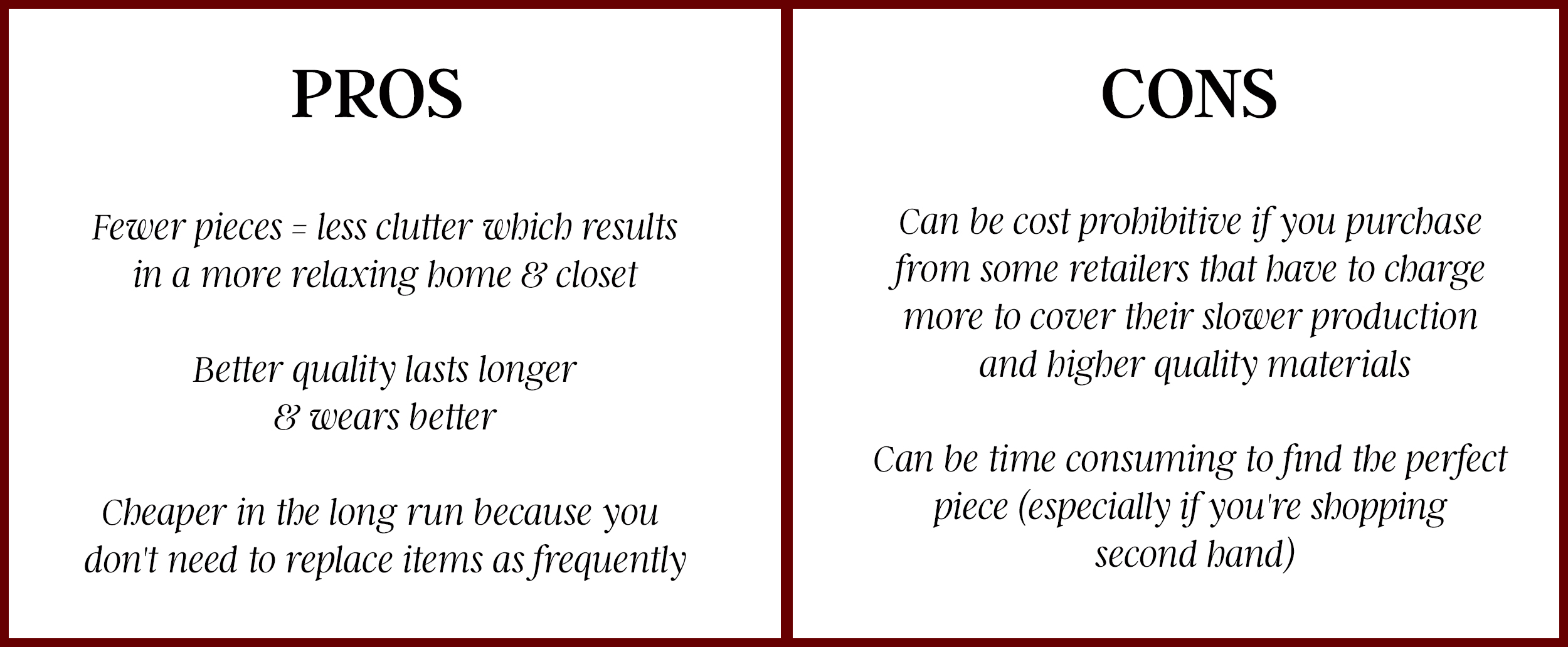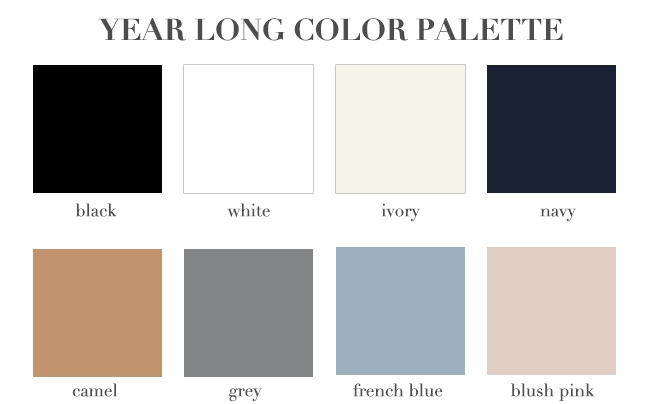When building a wardrobe that can stand the test of time, three things are essential - a cohesive color palette, classic silhouettes that compliment your personal tastes and lifestyle, and pieces made from lasting materials that only get better with time. Today, I want to focus on the last part of that puzzle and discuss the beauty of natural fibers.
WHY NATURAL FIBERS
Natural fibers, or substances produced by plants and animals that can be spun into thread and then woven, knitted, matted or bound, are a wonderful choice for our wardrobes. These natural fibers are typically a better wardrobe investment because when cared for correctly, they truly stand the test of time. Below, I've outlined some of the top reasons I like to keep things as natural as possible when it comes to my closet.
- They last longer
- They're easier to care for
- Some natural fibers are considered to be self cleaning and will naturally eliminate bacteria so you don't need to wash them as often
- They're more sustainable
- They're biodegradable
- They're less toxic to us and the environment
TOP NATURAL FIBERS & HOW TO SPOT THE BEST
Now let's delve deeper into a few of my favorite natural fibers and how to spot the highest quality of each.
- CASHMERE: I love cashmere for it's super soft texture, longevity and warmth and it's my favorite fabric for sweaters. To spot the highest quality cashmere:
It should be super soft. This softness comes from the length of the fibers, and the best cashmeres in the world use long thin fibers.
Also, the fabric should feel thick and densely woven. To test the strength of the fabric, you can tug on it slightly and take note of whether or not it bounces back. Higher quality cashmere will bounce back and won't retain the impression of your hands.
Another way to score the best deal possible is to check the tag to see if it’s two-ply or one-ply. One-ply is less durable than two-ply and can be more prone to developing holes. Two-ply is generally regarded as the gold standard of cashmere.
WOOL: Next up is wool. I love wool for jackets and scarves and I would love to add a wool sweater to my collection in the future. Before we hop into the specifics of this fabric, I want to note that cashmere is technically a wool because it comes from an animal. For the sake of this post though, I'm using wool to refer to the non-cashmere materials typically used for coats, sweaters and blazers.
Wool is more durable than cashmere so it typically lasts longer
Since Wool can come from different animals, there’s a lot more texture variety than there is with cashmere
The finer the wool, the higher the quality. You'll typically see wool referred to as ‘Fine Merino Wool’ or ‘Ultrafine Merino Wool’ with ultrafine being the highest quality
High quality wool will be 100% wool or a blend of wool and other natural fibers like cashmere or silk so always check the label for these details
Like cashmere, high quality wool should be densely woven and bounce back when lightly pulled
SILK: I love silk for how luxurious it feels, how beautifully it drapes and how it adds visual interest to the other textures and materials I love to wear.
The quality of silk is determined by momme weight (the heavier the momme, the higher the quality) but this information is usually very difficult to find so the easiest way to determine the quality of silk is by the way it feels in your hand. It should feel substantial and soft.
It should also be pretty opaque and you shouldn't be able to see too clearly through it because that typically means the fabric is very thin and may not last longer than a few seasons.
LINEN: Hands down my favorite fabric for the warmer months is linen and apparently there's good reason for this. Linen, which comes from the flax plant, is often referred to as nature's wicking fabric because it can collect up to 20% moisture before it feels damp. Linen also gets stronger when wet and has some natural antimicrobial properties which help eliminate odors. Plus, linen is very breathable so it's perfect for year-round wear - especially when layered up with wool and cashmere during the colder months.
To spot high quality linen, the country of origin can be helpful. France and Belgium are considered the best environments for growing flax and Ireland and Italy are recognized as the best for weaving the flax into linen.
The die should be even and rich
Look out for yellowing on white linen because the discoloration can't be reversed
When you roll or bunch the fabric in your hand, good linen will wrinkle but it will also bounce back slightly
- Because of the moisture wicking properties, pure linen it should feel slightly cool to the touch
COTTON: Nothing beats cotton for year-round wear and I love it because it's affordable, comfortable and easy to care for.
High quality cotton will feel soft, not scratchy
You should be able to stretch it slightly without it looking too thin
For jeans, I love 100% cotton or 98% and 2% elastane because they last longer than other blends, they hold their shape and are easy to care for
For cotton tops (especially button downs I love a more substantial cotton. I find that they not only last longer but are easier to care for. I can more easily treat stains without damaging the fabric, and I also find that they lay better on the body




















